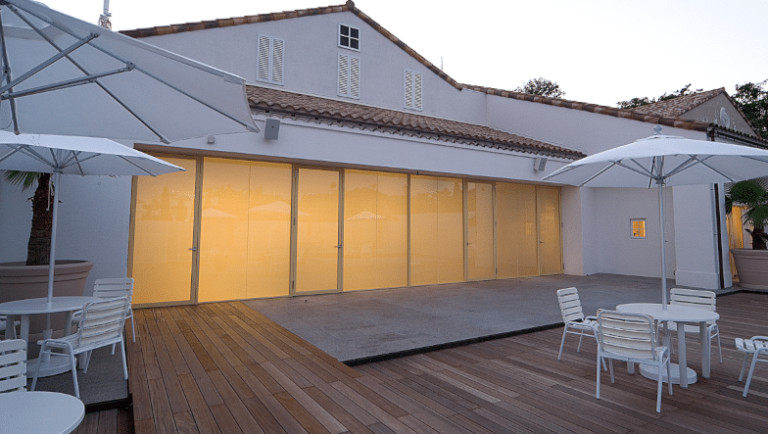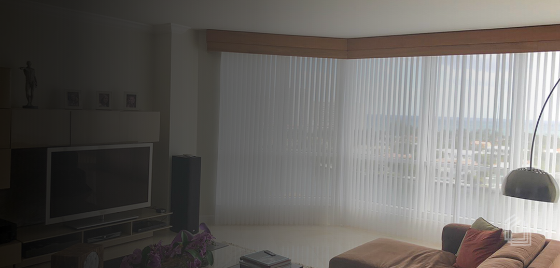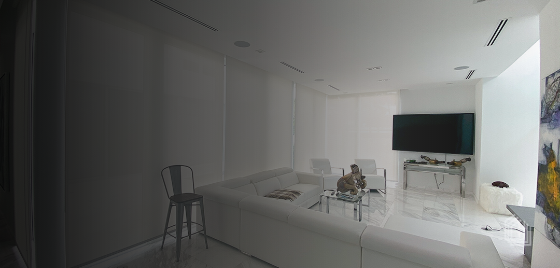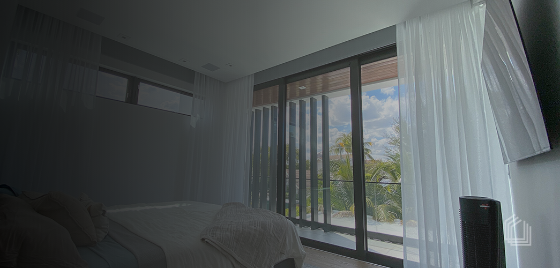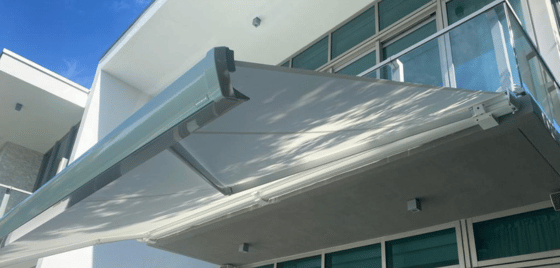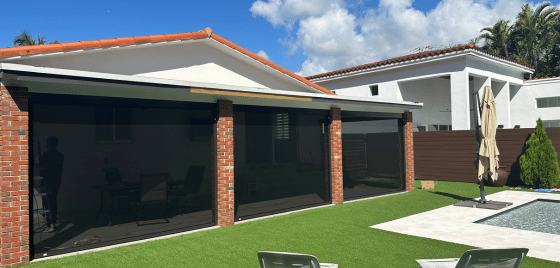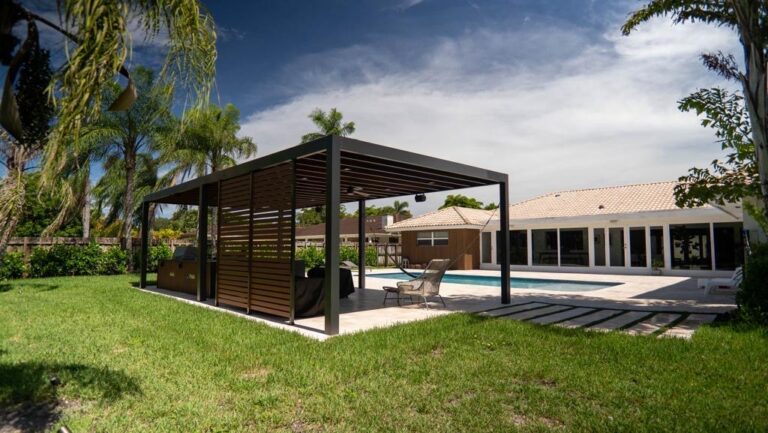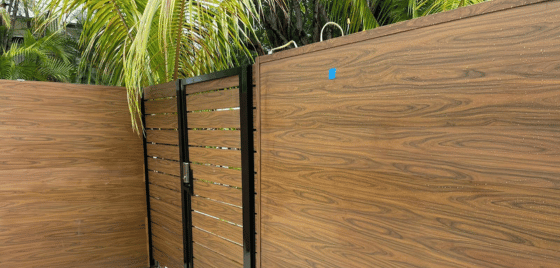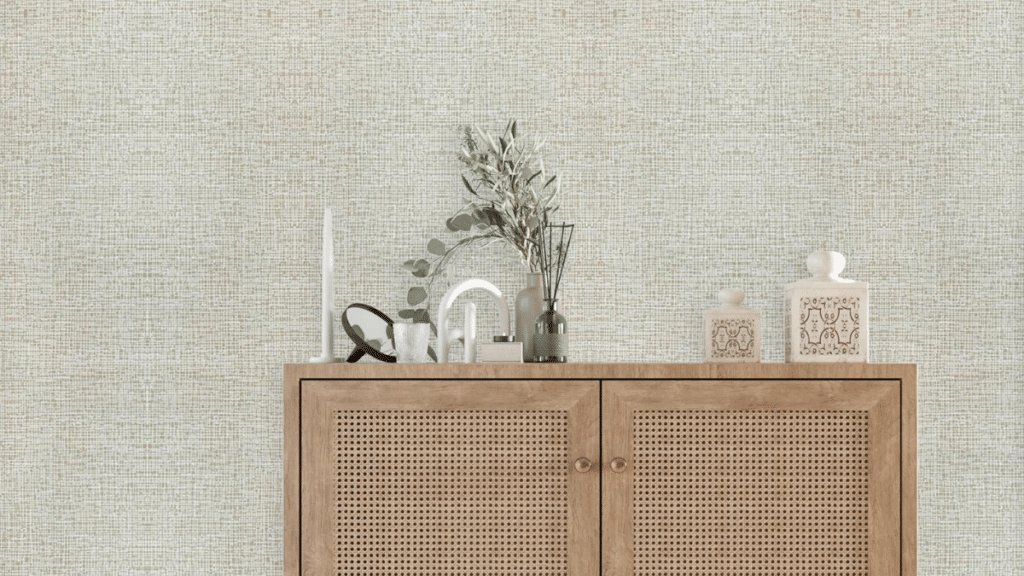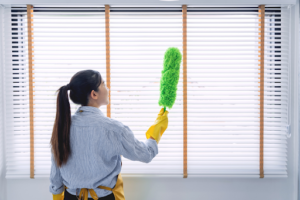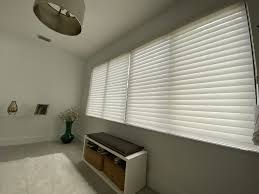In the world of interior design, wallpaper has emerged as an essential and versatile tool that completely transforms spaces. Its ability to add texture, patterns, and personality to a room makes it a popular choice for designers and enthusiasts alike. In this article, we will explore why wallpaper is considered the best tool for designers and the various creative ways to incorporate it into design projects.
1. Versatility and Variety of Styles:
Wallpaper offers a wide range of styles, patterns, and textures that allow designers to express creativity and adapt to different aesthetic preferences. From modern geometric designs to classic floral motifs, there is wallpaper for every style and ambiance, making it an invaluable tool for creating a unique atmosphere in any space.
2. Creating Visual Focal Points and Accent Areas:
Wallpaper can be strategically used to create focal points in a room. By applying eye-catching wallpaper to a specific wall, designers can direct attention to that area, highlighting architectural elements or showcasing artwork. This technique not only adds visual interest but also allows for playing with the perception of space.
3. Adding Depth and Dimension:
Applying wallpaper to different walls in a room can create a sense of depth and dimension. Well-chosen patterns and textures can give the illusion that a room is larger or cozier, depending on the design choice. This ability to visually transform spaces makes wallpaper an essential tool for designers seeking impact and versatility.
4. Practical Solution for Concealing Imperfections:
Wallpaper is not only an aesthetic choice but also a practical one. It can conceal imperfections on walls, such as cracks or irregularities, providing an efficient and aesthetically pleasing solution. This makes wallpaper a valuable option in renovation projects where improving the appearance of a room is desired without addressing deeper structural issues.
5. Themed Environments and Unlimited Creativity:
Designers can use wallpaper to establish themed environments and tell stories through design. From custom murals to wallpaper that mimics materials like brick or wood, creative possibilities are practically limitless. This flexibility allows designers to completely transform spaces according to the needs and preferences of their clients.
6. Easy to Install and Update:
Unlike paint, wallpaper is easy to install and can be updated relatively quickly. This facilitates seasonal changes, design updates, or adaptations to new trends without the inconvenience of a complete renovation. Additionally, many modern wallpapers are removable, offering even more flexibility and options for change.
Conclusion:
In conclusion, wallpaper stands out as the best tool for designers due to its versatility, variety of styles, and ability to completely transform spaces. By leveraging its aesthetic and practical benefits, designers can create unique and personalized environments that reflect the vision and style of their clients. With wallpaper, interior design becomes an unlimited canvas of creative possibilities.


